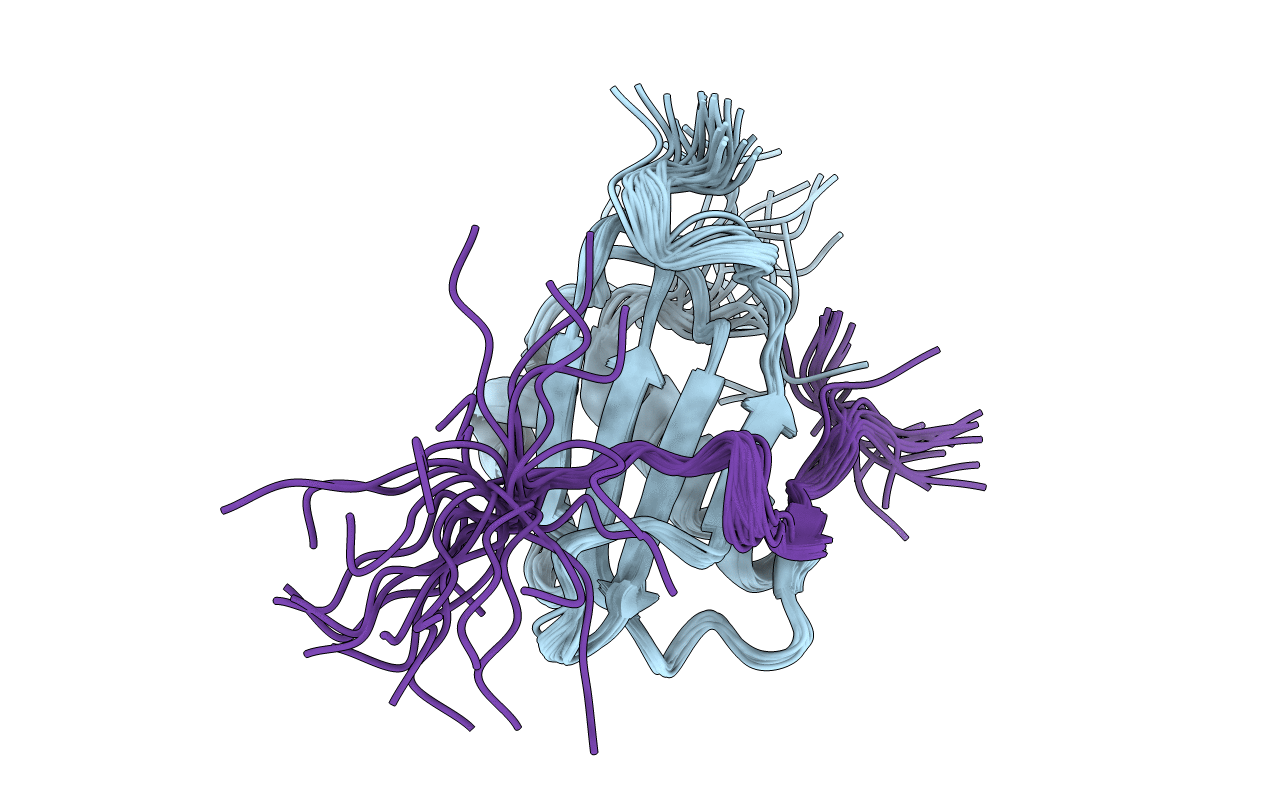
Deposition Date
2008-05-16
Release Date
2009-03-10
Last Version Date
2024-11-06
Entry Detail
PDB ID:
2K3U
Keywords:
Title:
Structure of the tyrosine-sulfated C5a receptor N-terminus in complex with the immune evasion protein CHIPS.
Biological Source:
Source Organism:
Staphylococcus aureus subsp. aureus str. Newman (Taxon ID: 426430)
Homo sapiens (Taxon ID: 9606)
Homo sapiens (Taxon ID: 9606)
Host Organism:
Method Details:
Experimental Method:
Conformers Calculated:
130
Conformers Submitted:
25
Selection Criteria:
structures with the lowest energy


